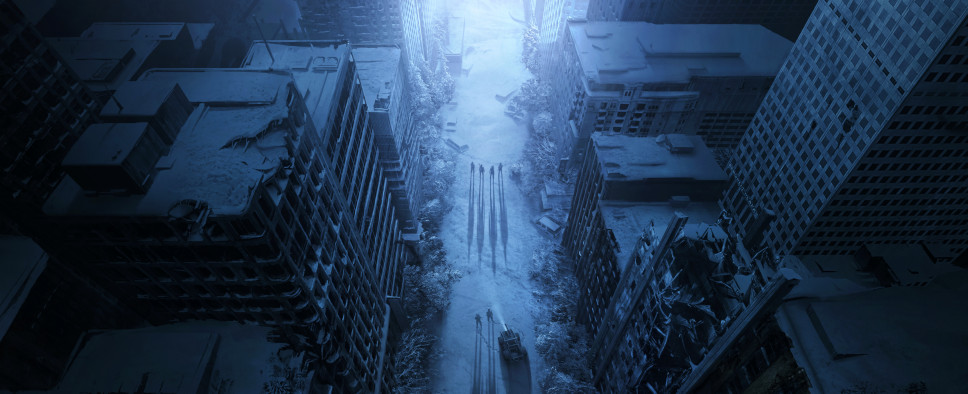Wasteland 3 Update #23
-
Category: News ArchiveHits: 2749

The latest Wasteland 3 Fig update brings us up to speed with the progress made on the game's vertical slice - the Everest Hotel, and the Suicide Forest that surrounds it. The main focus of this update is iterative level design, and through a series of blocky images and dotted lines, and their accompanying text, we get to see how an area goes from a rough idea to something your artists can begin working on. And after that, we learn about the newest additions to InXile's Wasteland 3 team. An excerpt:
Hi everyone, Paul here with the next installment of our look at building a vertical slice. Last go-around, Colin McComb took us through the high-level concept (and iterations on it) of the Everest Hotel. In this entry, and just in time for #Blocktober, level designer Alex Kerr takes us through the process of building that concept into reality - of crafting a game zone that captures the intent of the design. Fair warning: if you want to remain spoiler-free about this part of the game, skip past the next section!
Take it away, Alex!
Building the Everest: Level Design & Setting the Stage
What does "Level Design" mean, exactly? It depends on the project, but my approach is this: “Enable the player to use the game’s mechanics to their fullest extent.” This is a very broad definition, but I like it because it covers everything from Tactical RPGs to Match 3 puzzle games. Basically, our job is to make it easy to play the game in the most fun ways possible.
We’ve seen a lot of the Everest Hotel recently, so rather than covering the interior, we’re going to take a look at part of this zone’s exterior scene: the Suicide Forest.
What you're looking at is blockout level geometry, which is the rough draft we use to quickly iterate on design, layout, and scale. Sometimes this is called a "gray box" or "block mesh" pass. Either way, the idea is to get a functional version of the level early, so we can test our assumptions and make big changes before getting the art department involved (we'll delve into the art process in a later update).
The Suicide Forest is a large scene, and it's seen a lot of changes. In fact, we've even had a few changes since we started prepping this update. Today, we’ll just cover two related sections of the scene which make up some of its optional content: the exploration-focused Abandoned Camp and the combat-heavy Missing Hunters.
Overall Flow
When the player reaches the Abandoned Camp, they enter a clearing. Exploring it reveals tattered tents and spatters of blood lead down a rocky path – clues that will lead to answers about what happened to its inhabitants, a group of hunters.
Once the Rangers discover the missing hunters, new information and a change in the circumstances force them to make a difficult choice. Depending on the decisions players make, the party may find itself facing off against several well-armed enemies, fighting to the death against an inhuman opponent, or leaving without firing a shot.
[...]
The Wasteland Population Grows
Hi all, Paul back for the rest of the update.
Since the game entered production a short while back, the Wasteland 3 team has expanded. Our first and biggest hire was Stewart Spilkin, who joins the team as Senior Producer. This is a return home for Stewart, who was previously at inXile a few years back and was a Producer on our titles Hunted: The Demon's Forge and Choplifter HD. Stewart is a 20+ year game industry veteran. His production work includes Capcom's Resident Evil 2 and more than seven years producing Rockstar's Red Dead franchise. As Senior Producer, Stewart serves a key role in making sure all the different teams (Art, Design, and Engineering) are working in tandem and hitting their various production and milestone goals. Over the coming updates, we will be announcing more of our new team members!

